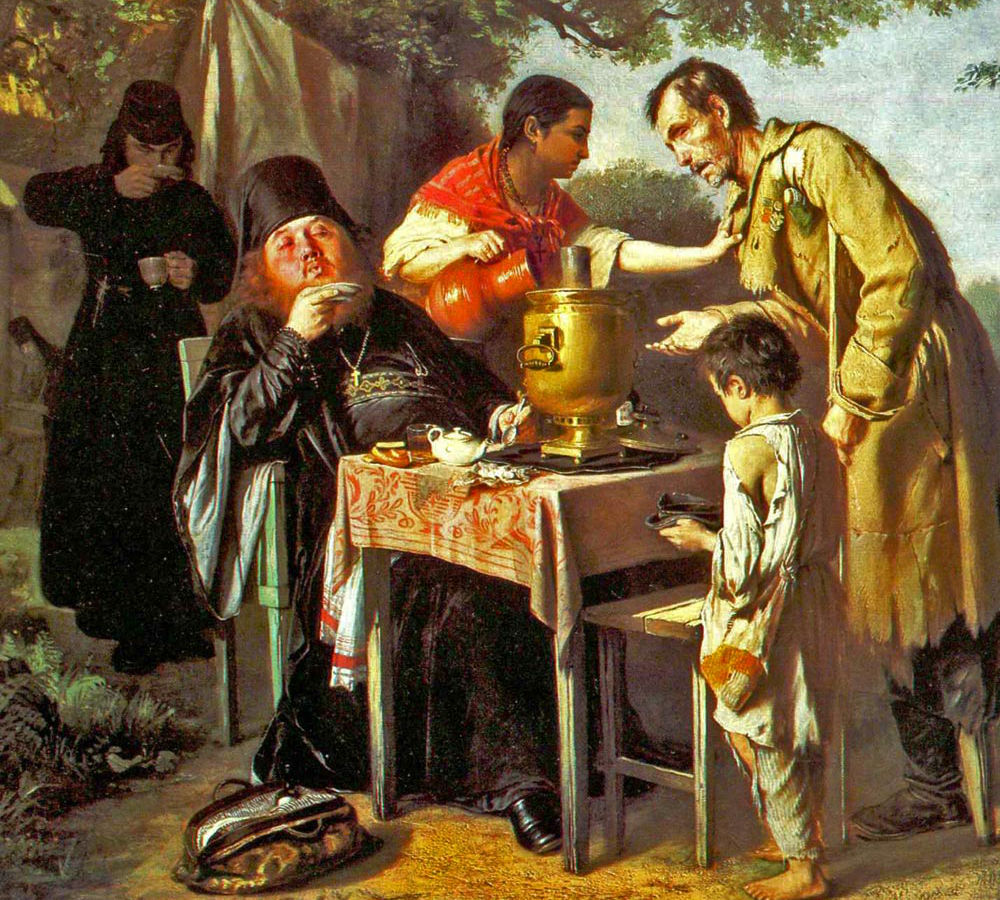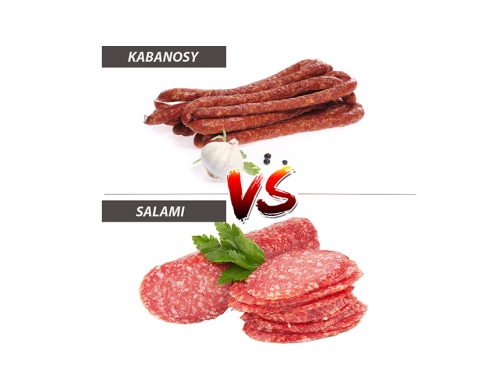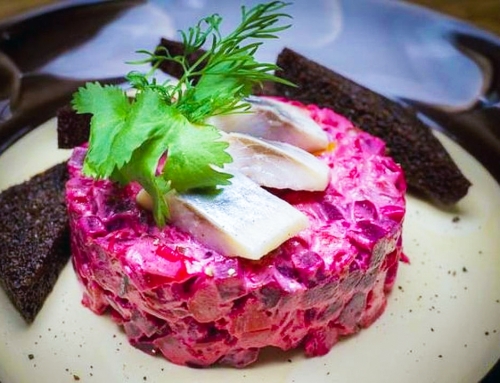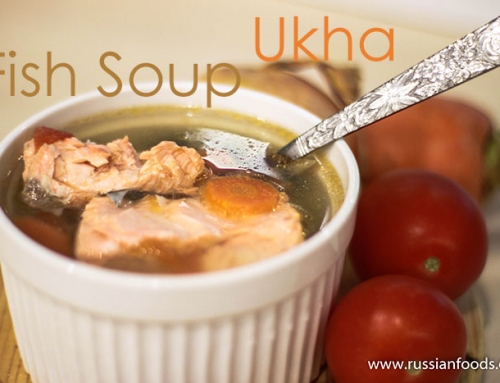Tea was first introduced in Russia in 1638 when the Russian ambassador exchanged sables for it from the Mongolian Khan. The tzar and the boyars found the aromatic beverage acceptable and soon tea became a favorite drink of the Russian nobility. In the beginning, middle class and poor people could not afford tea because of its extreme cost. Tea was delivered to Russia from China through Mongolia and Siberia. It took 16 months for a caravan laden with tea leaves to reach its destination. This path was called The Great Tea Road. After construction of the Trans-Siberian railway, tea delivery became easier, prices of tea fell and the drink became affordable by many. Since then, tea has become an integral part of Russian lifestyle and culture.
Drinking tea turned into a special ceremony, the main object of which was a samovar. A samovar is a special pot for boiling water with a faucet at the bottom. Samovars had a distinctive shape with a lot of curves, often painted with patterns such that many of them represented real works of art. The samovar was set in the kitchen and after the water had been boiled, it was transferred to the dining room or terrace where the tea ceremony was to take place. Samovars were made in such way that the water cooled down slowly, allowing more time for the tea ceremony. It was very important because a tea ceremony wasn’t just a thirst quencher but an intimate conversation, business discussion, problem solving talk or even marriage arrangement.
The samovar was placed in the center of the table, and next to it was the teapot. In the old days, Russian people knew only black tea and only one way to have it. First the hostess put tea leaves in the pot, added boiled water from the samovar and covered the pot with a hand-made rag-doll. After the tea had been brewed, the hostess poured some amount of it, according to the preference of a guest, in each cup and added water from the samovar. This procedure could be repeated several times, and the hostess didn’t even have to leave the table. Tea was usually served with such treats as pastry, fruit preserves, candies and even pies, so a tea ceremony often looked like a regular meal. Sugar and lemon were essential additions to have with tea and that is why sweet tea with lemon got called “Russian tea” abroad.
Even though the old tea ceremony doesn’t exist any more and the samovar turned into a souvenir, Russians still can’t live without tea, and have it several times a day. You may find all the brands of tea that are popular today among Russian people on the website RussianFoodUSA.com, as well as traditional Russian desserts. Enjoy your tea!







